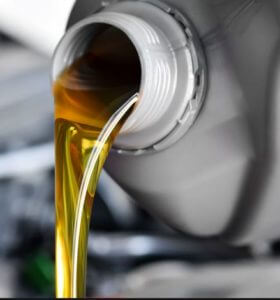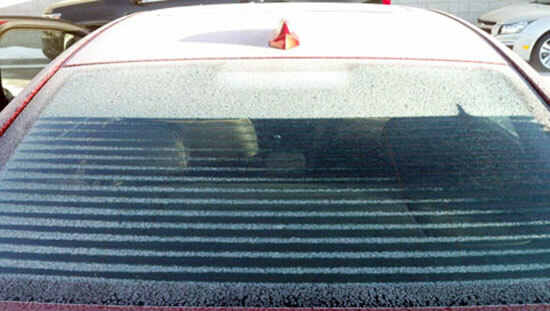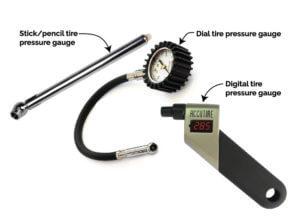Why you get lower gas mileage in winter
Here’s why you get lower gas mileage in winter
All internal combustion engines must reach their full operating temperature to operate efficiently. Obviously, it takes longer for an engine to heat up in winter than in summer. From the time you start the engine until it reaches full operating temperature, the fuel system must provide a richer air/fuel mixture to combat the “quenching” effect of cold engine metal. So more fuel is needed to compensate for the “fire” that is quenched and that’s major reason why you get lower gas mileage in winter. It’s also why car maker recommend driving your car shortly after startup on cold days. Driving actually heats up your engine faster, so you get BETTER gas mileage.
Cold oil drags down your gas mileage in winter
Cold engine oil creates more friction throughout your engine. So  it take more energy to rotate moving parts until the engine reaches full operating temperature. That’s why car makers have started using 0W-20 multi-viscosity oil in late model cars—to improve fuel economy at startup.
it take more energy to rotate moving parts until the engine reaches full operating temperature. That’s why car makers have started using 0W-20 multi-viscosity oil in late model cars—to improve fuel economy at startup.
Heated seats, rear window defogger and blower fan decreases gas mileage
That’s right; you hop into the car, start it up and immediately turn on the seat heaters, rear window defoggers and windshield defrosters. If you’re like most drivers, you leave the blower on defrost/floor the entire time you’re driving and you probably turn the rear defogger on throughout your trip. All those accessories use power and they lower fuel economy.

Cold air increase drag, which lowers your gas mileage
Cold air is denser than warm air. So your car meets more resistance as it slices through the air. Plus, denser air increases aerodynamic drag. You guessed it; cold air lower gas mileage.
Low tire pressure lowers gas mileage
Each 10° drop in outside temperature lowers tire air pressure  by about 1-psi. If you check tire pressure when the outside temperature is 40°F and the next day the temperature drops to 0°F, your tires are 4-psi low. That creates more rolling resistance which also lowers your gas mileage.
by about 1-psi. If you check tire pressure when the outside temperature is 40°F and the next day the temperature drops to 0°F, your tires are 4-psi low. That creates more rolling resistance which also lowers your gas mileage.
Winter gas has less energy per gallon, so you get lower gas mileage
Gasoline is a blend of up to 150 different chemical components. Winter gasoline is contains more volatile compounds to aid starting in cold weather. But those volatile components don’t provide as much energy as the gasoline formulas used in summer. So you’re not crazy, you won’t get as many miles per gallon from a gallon of winter gas compared to summer gas.
Snow and ice reduce traction and that lowers gas mileage
This makes sense, right? If your tires are slipping, they’re not moving your car and that wastes gas.
Four wheel drive lowers gas mileage
It simply takes more energy to spin more components. If you engage your 4WD, you’ll use more gas.
How to increase gas mileage in winter
• Use the recommended oil. It’ll help your car start better and reduce friction.
• Park your car in a warmer place. It’ll heat up faster if you park in your attached garage than if you leave it in your driveway overnight.
• Start your car. Let it idle for about 30-seconds and then drive it gently for the first few minutes. The faster you get going, the faster you’ll warm up the engine. There’s lots of conflicting advice out there about warming up your car. Most of it is WRONG. Read this post to sort through the myths.
• Limit the use of seat warmers. Turn off the passenger seat warmer if you’re not carrying passengers.
• Check your tire pressure and add more air when necessary when outside temperatures drop
• Remove bike and roof racks in winter to cut down on unnecessary aerodynamic drag.
©, 2018 Rick Muscoplat
Posted on by Rick Muscoplat
